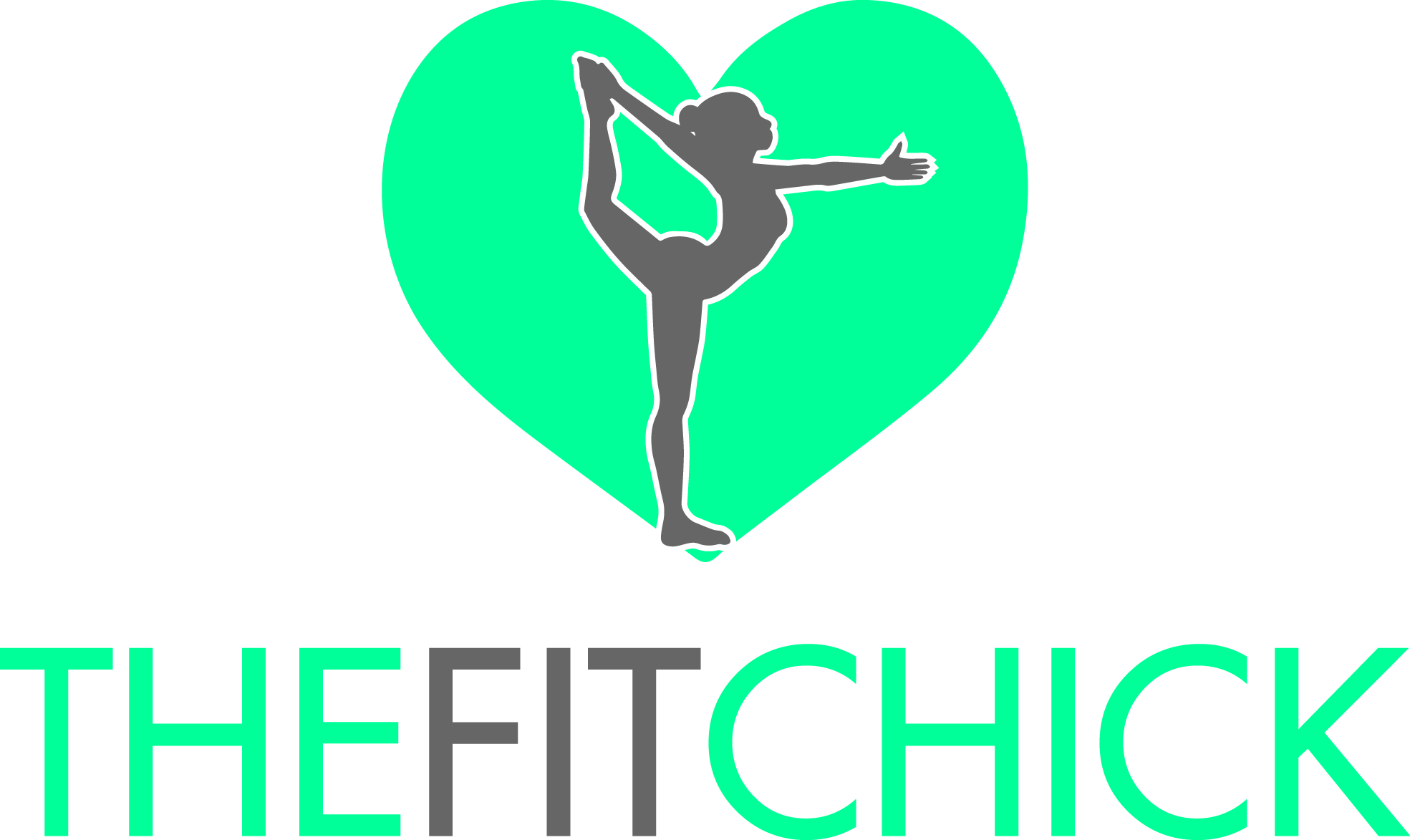It’s called INFRARED!
Touted to the public as a great tool for “detoxing” and weight control, it has other important benefits that I use it for – namely pain control, healing and relaxation.
Infrared can best be described as a deep heat. It works on the same principles as those “dry” saunas you may have heard about recently. Infrared can also be a “visible” light and used for spot treating areas (i.e., knees, shoulders) so that you SEE where you’re applying the modality to.
Because it works so deeply (heating from the inside out, if you will), it’s not hot to the touch. It doesn’t even feel that hot even though it’s heating up well past 120 degrees!
Therefore, it’s very comfortable even if you normally “run hot”.
After a short while you will sweat, though just how much depends on the individual and his/her day-to-day levels of hydration, fatigue, diet and other factors. I have a low basal metabolic rate and body temp; basically, my core body temperature runs low (NOT 98.6) so the warmth and increased circulation are of particular benefits to me.
However, it is the relief from my chronic lower back pain (and other musculoskeletal pains) that keeps me doing this on a regular basis. I own an infrared device for personal and professional use. But… just like with exercise and going to the gym to do so, I can’t seem to do anything for myself if I don’t physically GO somewhere and do it. (Plus, I can work on my laptop and phones during the session, which probably doesn’t sound very relaxing, but it is.)
What REALLY sold me were the numerous research studies (a few listed*) proving its worth as and disproving it as a “sham” treatment (aka something that feels good, but is of no real benefit). AND that it is considered safe for people who have had cancer. As a healthcare professional, I can tell you that the medical community errs on the side of extreme conservatism with any type of modality for post-cancer treatment.
Would you try it?
And if you have already experienced it (in whatever form), I would love to hear what you thought.
*Research:
- Wong et al, 2012 – lowered inflammatory markers in the blood, decreased pain
- Matsushita et al, 2008 – decreased pain for women with Fibromyalgia
- Masuda et al, 2005 – shows promise for treatment of Chronic Fatigue Syndrome
- Gale et al, 2006 – effective in reducing chronic low back pain
- Chien et al 2011 – significant reduction in menopause-related symptoms
- Beever, 2009 – may help normalize blood pressure, help treat Congestive Heart Failure


